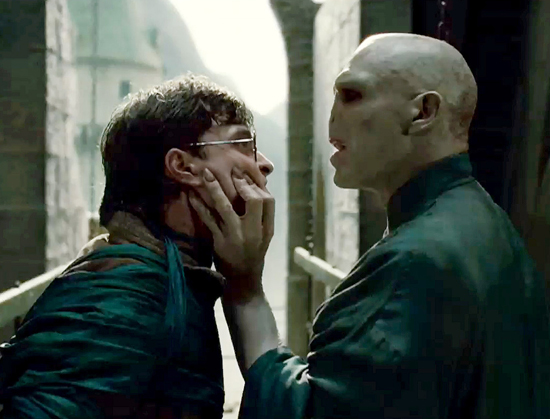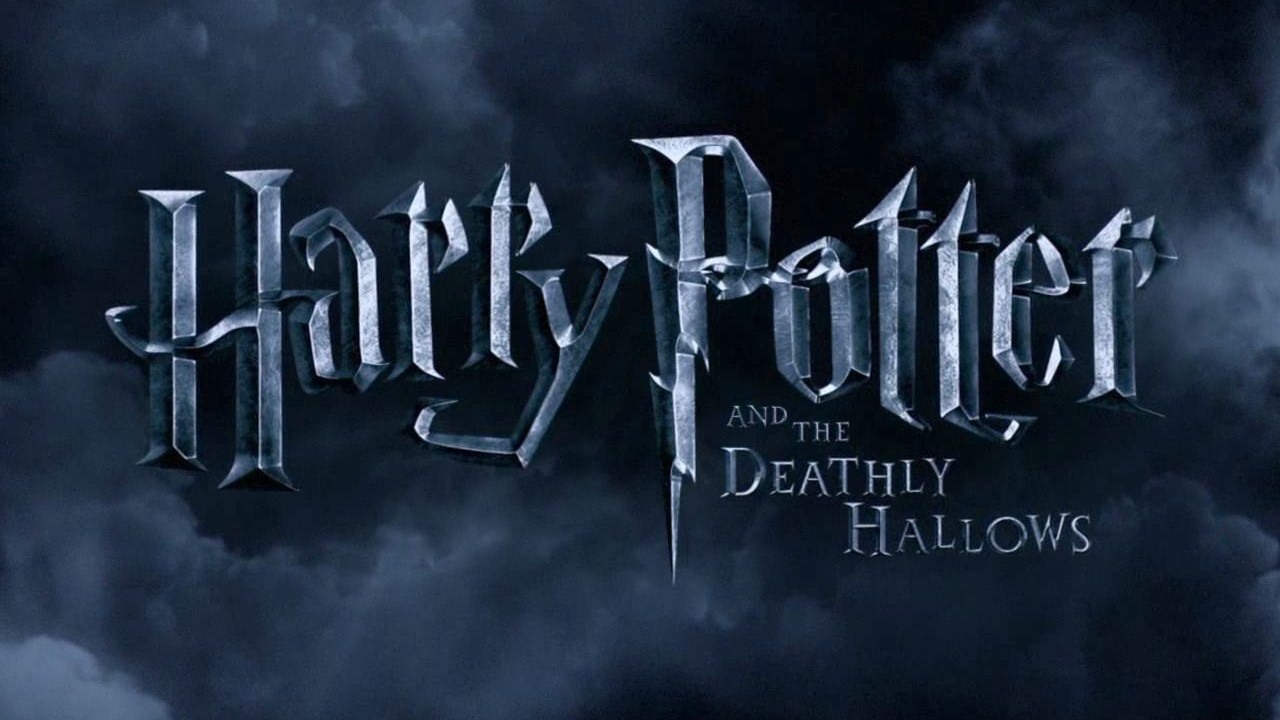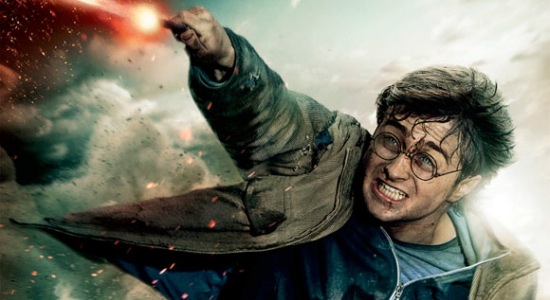This is it.
After a 10-year journey, the final Harry Potter movie hits local cinemas. By now, it can be safely assumed that the audience, who’ve watched the characters mature from cherubic children to the confused adolescents we’ve come to recognise, the same people who’ve grown right alongside Rowling’s creations, are more or less familiar with their histories and Harry Potter’s journey and progress so far.
Which is probably why the film picks up right where the last movie left off, a quick and subtle reminder of where the year-long intermission had left its audience. It launches said viewers straight into the action without preamble or redundant introductions. People familiar with the books may go into the theater expecting an action-packed finale, and they certainly won’t leave disappointed.

Early in production, the producers felt it prudent that the Deathly Hallows novel be adapted into movies in an attempt to preserve the events of the 759-page book. Die-hard ‘Potterheads’ would be pleased to note that director David Yates has delivered on that promise. This means that most key events made it onto the big screen largely intact, though the lead up to such scenes may not be what most fans may have been expecting. However, compared to the previous Harry Potter film installments, Parts 1 and 2 of Deathly Hallows may be one of the more faithful adaptations. But sacrifices still have to be made, with its limited running time forcing the production team to trim out anything that may impede the film’s rapid pace.
It is sadly quite evident that in Yates’s zeal to stay true to Rowling’s creation, Deathly Hallows Part 2 seems to lack the same emotional heft that its predecessor possessed. The cramming meant that some fan-favourite characters had to surrender a fair amount of screen time – most regrettably, Harry’s closest companions, Ron and Hermione (though the 2 of them have their heart warming moments of glory). In the climatic battle, many of the characters frustratingly meet their fates off camera, which perhaps undermines the heavy melancholic mood of a last send-off for our Boy Wizard, and may leave many members of the audience feeling underwhelmed.
But that’s not to say that there weren’t any poignant instances, especially from the older cast members.
Alan Rickman turns in a spectacularly stirring performance as Professor Snape, who has now taken over as Headmaster of Hogwarts. Rickman, subtle and sullen, reveals the right amount of vulnerability and gravitas behind his sorrowful façade to keep viewers captivated as his tragic history is revealed.
Maggie Smith, who portrays the stern, formidable Professor McGonagall also delivers a wonderfully memorable performance, almost stealing the show by leading a coup against Snape and commandeering the castle. Despite that show of strength, she also displayed an uncharacteristic sense of humour.
The young cast members, particularly Matthew Lewis’s portrayal of Gryffindor Neville Longbottom, give sensibly mature, honest and likeable performances, startling growth from their innocent, light-hearted nature in the first few movies.
Still, the most affecting part of the film may well be the sight of Hogwarts, long a warm and safe haven for its students, aflame in ruins and desolation, feeling and looking like a military camp.
As the last Harry Potter film, though it’s hardly perfect, it certainly does come close. It is unlikely fans would leave fuming or dissatisfied as we close the chapter on one of literature’s most beloved characters.


